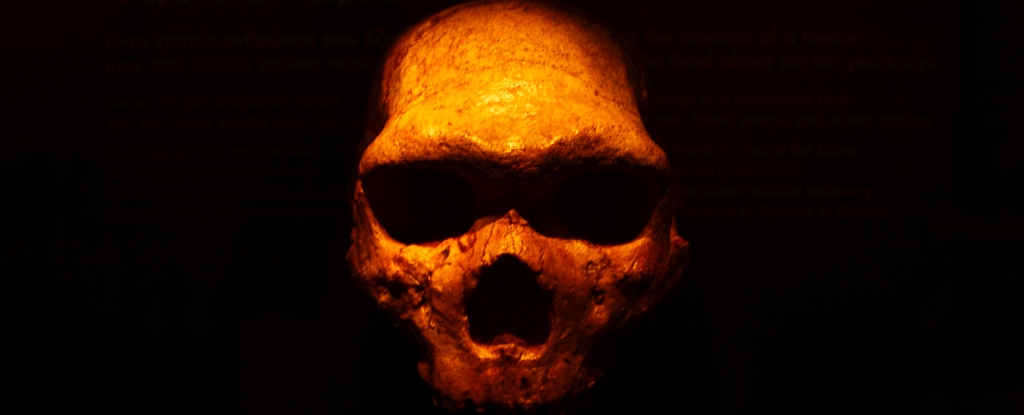
The Homo sapiens genome today contains a little bit of Neanderthal DNA. These genetic traces come from almost every part of the Neanderthal genome – except the Y sex chromosome, which is responsible for making males.

Scientists have taken an important step forward in understanding the human genome - our genetic blueprint - by fully deciphering the enigmatic Y chromosome present in males, an achievement that could help guide research on infertility in men.

In just 7 hours, 18 minutes, US researchers went from collecting a blood sample to offering a disease diagnosis. This is the result of ultra-rapid DNA sequencing technology paired with massive cloud storage and computing.

The sequencing of the human genome was one of the greatest scientific feats of the past century. Now for the first time scientists fully sequenced the human X chromosome.

The study showed that scientists can determine to what extent surrounding areas of the host DNA have been affected by gene splicing.

Affordable, rapid DNA sequencing is causing a revolution in medicine and healthcare globally, and it's happening now.

In the largest genomic sequencing effort of all time, international researchers will collect and sequence the DNA of Earth’s 1.5 million known eukaryotes, the domain of organisms that includes animals, plants, and fungi.

In a massively ambitious project aimed at improving the health of its 3 million residents, the city of Dubai plans to sequence the DNA of its entire population.

The technology could have multiple applications, from identifying victims in a mass disaster to analyzing crime scenes.

A chance discovery has opened up a new method of finding unknown viruses.

It was not so long ago that sequencing even tiny snippets of DNA was a costly, cumbersome process that required access to a state-the-art lab. Today, we are inching close to putting a DNA sequencer in every pocket.

Using DNA sequences, scientists decode new antibiotics used in gut warfare.

The ISS is getting an incredible new tool: a handheld DNA sequencer. The questions scientists hope it will answer include whether life exists beyond our planet and just what is that weird fungus growing on the wall of the space station?